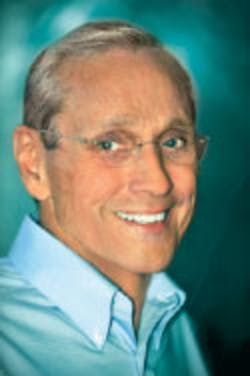Since I live in Florida, you might question my sanity for traveling in early January to Northfield, MN, where the temperature hovered around 4 degrees or less. My reason to be in Northfield, quite simply, was to run a marathon. You say there is no marathon scheduled in Minnesota at that time of the year. And who would want to run in such cold weather anyway?
Well, there is a marathon called Zoom! Yah! Yah! that takes place on the indoor track of St. Olaf College where the temperature is a balmy 60 degrees or so, peppy music is playing from loudspeakers, and the number of runners is limited to a few more than 40. The track is about 0.175 miles long so it takes 150 laps to complete a marathon. It’s quite an experience with each runner having his or her own lap counter who is a member of the girl’s track team at the college as well as your own cheering section, urging you on every couple of minutes as you complete a lap.
However, this marathon did not play out for us as planned. Halfway through the event, my good friend and occasional running partner suddenly collapsed. He had been running well and said he felt good prior to the time of the incident. My friend was given CPR by a medical doctor—who I’m convinced saved his life—and who happened to be running the marathon. He was transported to the local hospital and then transferred to a facility in Minneapolis for further treatment and tests. The diagnosis was described as sudden cardiac arrest, and according to some of the statistics I’ve read, only about 10% survive such an attack.
Miraculously, my friend recovered completely and is doing extremely well with absolutely no ill or lingering effects whatsoever from the mishap. And, just for some added insurance, the doctors in Minneapolis implanted a pacemaker to eliminate possible reoccurrences of this kind. Also, he has started running again—slowly I might add—which makes him very happy to be on the roads again.
Fortunately, a doctor was present and provided the necessary treatment. But what happens when medical facilities and technicians are miles away? Perhaps the San Ramon Valley Fire Department in California has found a unique solution to providing medical attention at a moment’s notice within the 155 sq. mile valley. According to a recent article in Gizmag magazine, the fire department there is asking people trained in CPR to register with them. This cadre of rescuers would be available to apply the life-saving procedure when called upon in an emergency.
An iPhone app developed by the fire department notifies the registrants that they are needed to help save a life. When an emergency is called in, the app uses GPS to locate the CPR-trained people in the immediate vicinity and the iPhone to direct them to the scene. Additionally, the app shows the location of any nearby public access automated external defibrillators. Other information available to the responders includes the status of current incidents and when medical technicians will arrive on the scene.
A number of organizations including the American Heart Association, the International Association of Fire Chiefs, and the National EMS Management Association have praised the system in San Ramon Valley. As noted in the article, the app has been tested for about six months with more than 22,000 registered iPhone users and is now released as version 2.0.3.
What San Ramon Valley has set up could quite easily be implemented in many fire districts across the country. Saving just one life makes for a truly successful program. I know my friend would agree as well.
Paul Milo
Editorial Director
[email protected]

